Joelle Circe
She was a gordian shape of dazzling hue,
Vermilion-spotted, golden, green, and blue;
Striped like a zebra, freckled like a pard,
Eyed like a peacock, and all crimson barr'd;
And full of silver moons, that, as she breathed,
Dissolv'd, or brighter shone, or interwreathed
Their lustres with the gloomier tapestries -
So rainbow-sided, touch'd with miseries,
She seem'd, at once, some penanced lady elf,
Some demon's mistress, or the demon's self.
Upon her crest she wore a wannish fire
Sprinkled with stars, like Ariadne's tiar:
Her head was serpent, but ah, bitter-sweet!
She had a woman's mouth with all its pearls complete:
And for her eyes: what could such eyes do there
But weep, and weep, that they were born so fair?
from John Keats ' 'Lamia'

Anna Lea Merritt

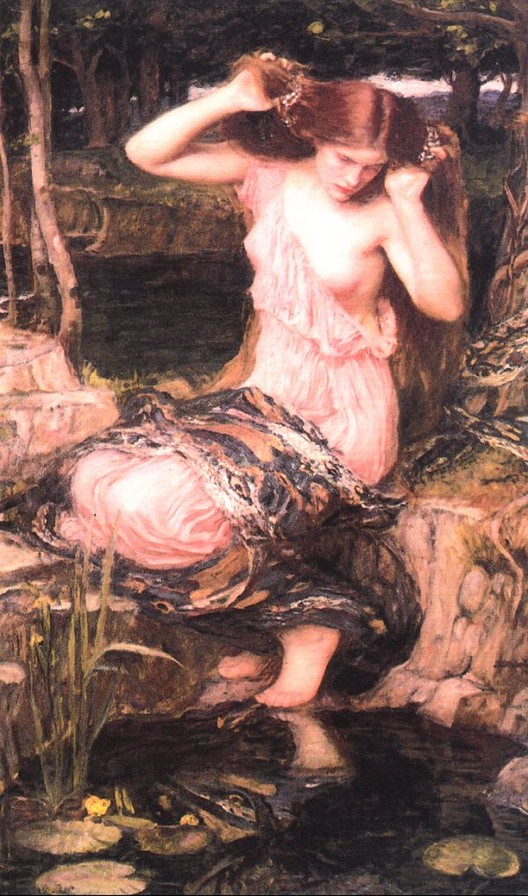


John William Waterhouse

Isobel Lilian Gloag
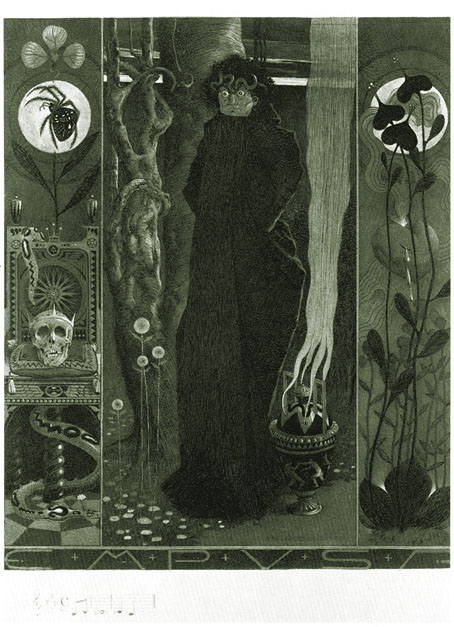
Carl Schmidt-Helmbrechts

James Deeb

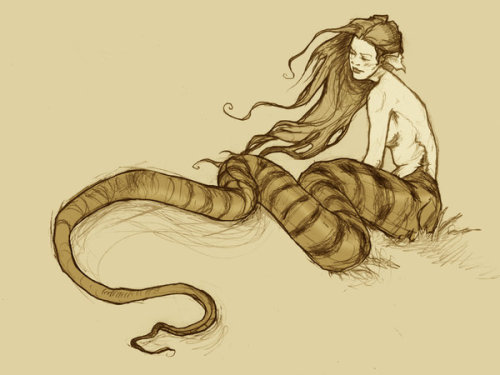


????

Alililson

Boris Vallejo

Xia


Herbert Draper

Nicolaus Steno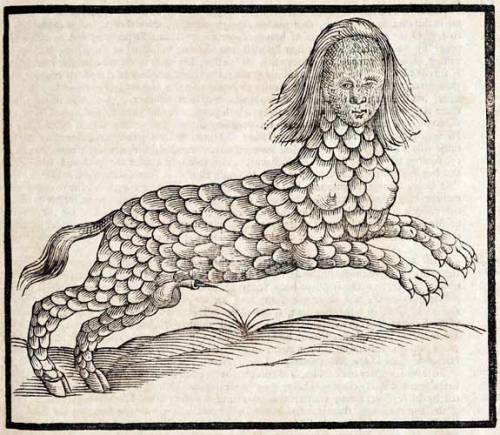
from Edward Topsell's Bestiary
A curious creature of the imagination is the lamia, of which we are told many fictitious stories. It is said
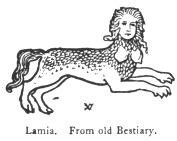 |
to be "the swiftest of all four-footed creatures, that it is very treacherous and cruel to men. It is stated to be bred in Lybia, and sometimes devours its own young." It is represented in an ancient "Bestiaria" as having the head and breasts of a woman, and the body of a four-footed animal with flowing tail, the hind feet having divided hoofs. It is "thought to be the creature mentioned in Isaiah xxxiv., called in Hebrew Lilith, as also the same which is mentioned in Lamentations iv."
In Dr. Brewer's "Dictionary of Phrase and Fable," Lamia is "a female phantom whose name was used by the Greeks and Romans as a bugbear to children, from the classic fable of a Lybian Queen beloved by Jupiter, but robbed of her children by Juno; and in consequence she vowed vengeance against all children, whom she delighted to entice and murder." They are again described as spectres of Africa, who attracted strangers and then devoured them.
Fictitious and Symbolic Creatures in Art, by John Vinycomb, [1909], at sacred-texts.com

Hello, I noticed that you have a piece of my art on here. :) Thanks for sharing! I do have a more up to date version on my blog though if you're interested in using that one instead.
ReplyDeletehttp://alililison.blogspot.com/2012/04/snake-woman.html